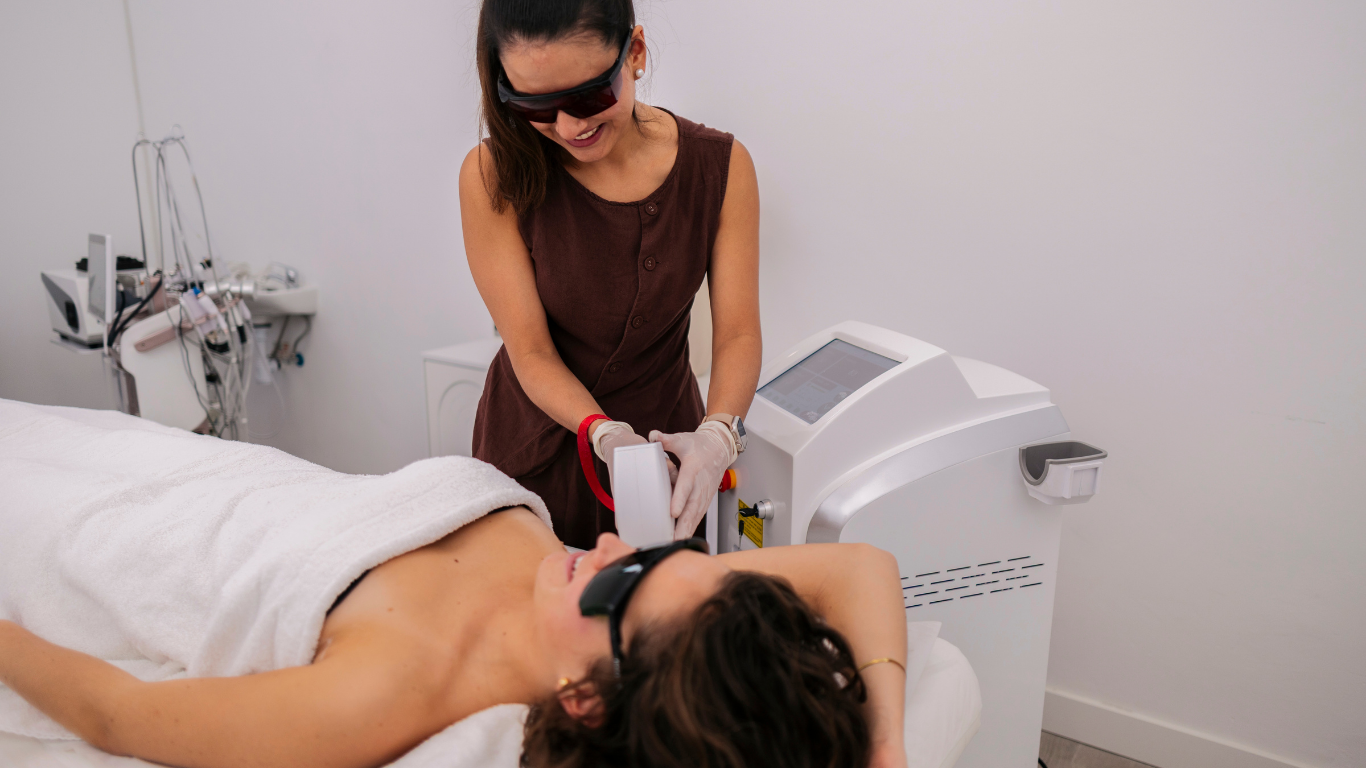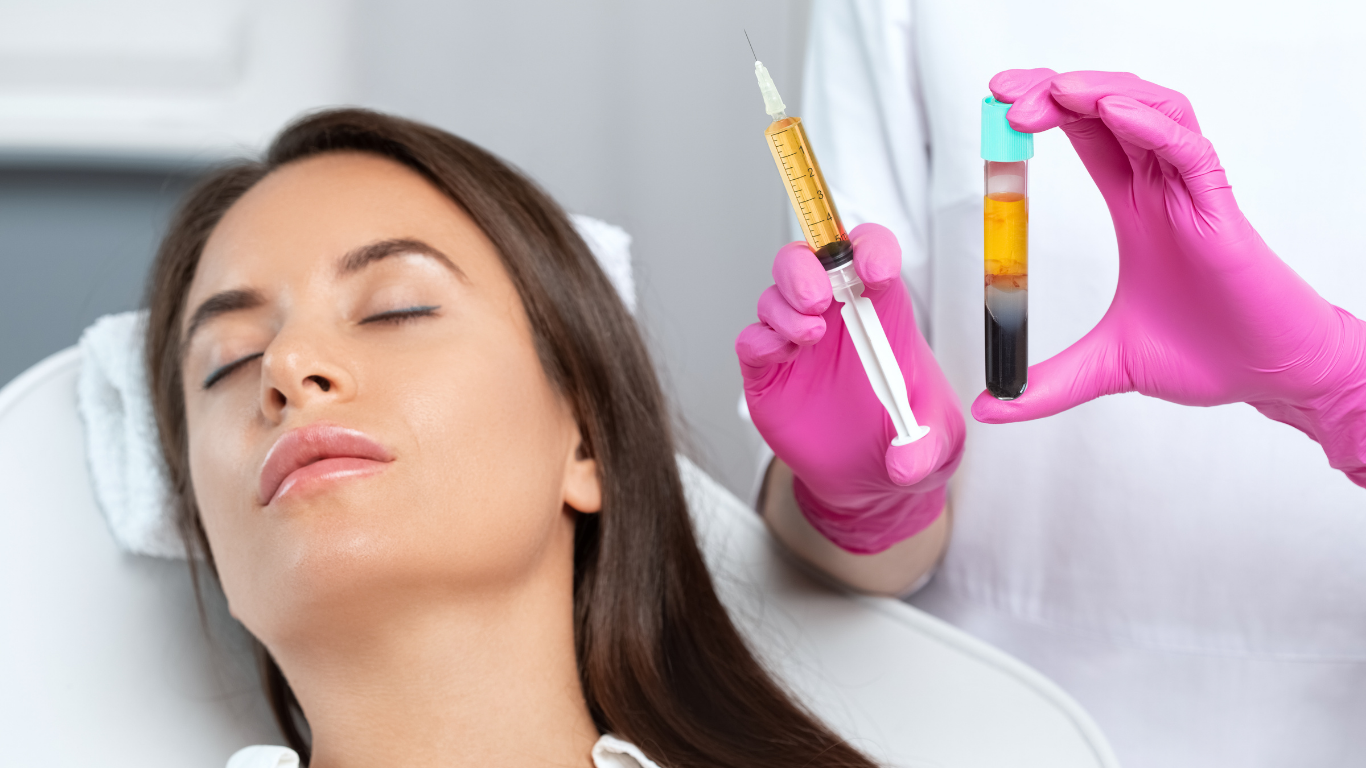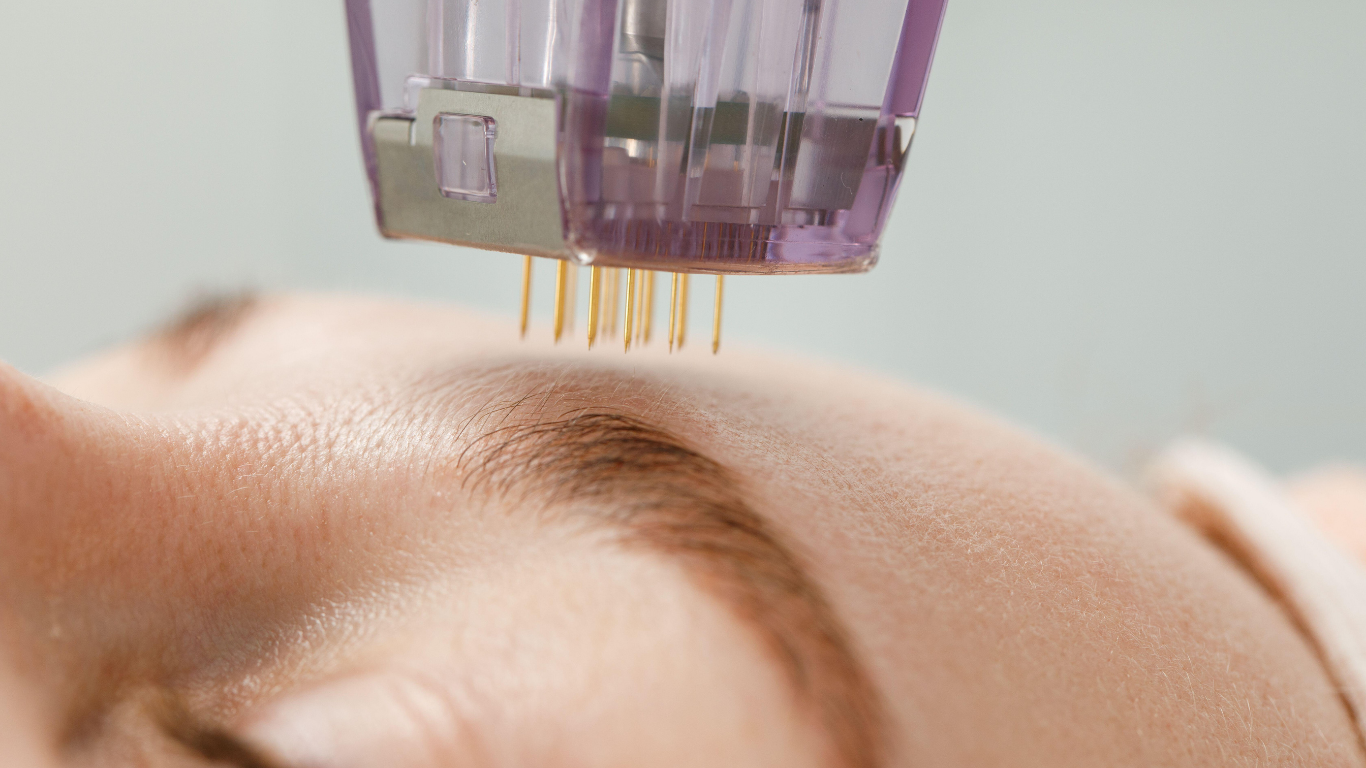What are Signs of Botox Mistakes?
You have made the decision and are ready for your first Botox session in San Marcos. Because we want you to feel at ease, we believe in giving you all the information so that you know the possible signs of Botox mistakes. It is improbable that you’ll encounter any problems or significant mistakes at a qualified medical center with a team of trained technicians. While we know there are several benefits of Botox, still, it is our responsibility to ensure that you don’t compromise your treatment by doing anything afterwards that may affect the Botox placement. Let’s look at a few Botox mistakes to be aware of and what you can do to make the most out of your appointment for Botox.
4 Signs of Botox Mistakes
When you make an appointment with us, it’s unlikely that you will experience any of these issues, but it’s always best to know what signs point to mistakes and what is considered normal after a procedure. Here are a few examples of Botox mistakes:
1. Asymmetry
Facial asymmetry is the first thing you’ll notice in a person whose Botox has moved or not been applied evenly. Some wrinkles may appear frozen, and they won’t have an overall smooth or even look across their face.
2. Eyelid Hooding
If injections were administered around the eyes, it might result in upper eyelid hooding, indicating that the Botox was injected too close to the eyes. Correct procedures should not cause an altered eyelid but a smoother appearance around the eyes.
3. The Right Depth
It is vital to only trust accredited medical centers and trained staff with your face. Knowing how deep or shallow to inject Botox is an essential skill for success. Going too deep means the Botox could hit a blood vessel and cause unnecessary bruising. While on the other hand, too shallow injections could cause an uneven, ‘superficial’ look.
4. Too Much of a Good Thing
We will always advise you on how often to inject based on your desired look. Oversized lips or brow areas can result in an unnatural appearance. However, it is always safer to remain with a ‘less is more’ approach. We can always fill up the Botox later, but it’s best to start with less and gradually work towards your perfect look.
What You Can Do at Home to Make the Most Out of Your Botox Treatment
Now that you know what The Studio Med Spa team can do for you to avoid blotched jobs, you also have a responsibility to continue taking care of your face after your Botox treatment and apply some care beforehand.
Avoid Pressure on Your Face
Our knowledge and experiences ensure that the Botox goes to the precise areas we want to target, but it could still move afterwards. It is always best to be careful and avoid spa treatments or anything too harsh on your face a week or two after Botox to give it time to settle. It’s best not to go for a massage that puts pressure on your face as you lie down to avoid a shift in the neurotoxin and creating asymmetry in your face.
Minimize Bruising
Alcohol, blood thinners, vitamin E, fish oil, aspirin and ibuprofen all have blood-thinning qualities that may cause you to bruise easily after treatment. You must inform us about all medications you use daily, as you might need to discontinue using them for a week before your appointment for the least amount of bruising.
Vigorous Massaging
What is indeed natural is a slight unevenness of the Botox after the injection. Be very gentle and lightly massage the area so the toxin can smooth out for an even appearance; you can do so by frowning, raising your eyebrows, squinting, and smiling, depending on where you received your injections. Avoid microcurrent tools or rollers on your face for at least a week after your treatment for the same reason.
Know What Is Normal
You will experience discomfort, swelling and bruising at the injection site, but with an ice pack and time, it will clear up. Remember that the Botox will only truly settle after about two weeks, so do give it time to work and avoid taking a nap or heavy exercise immediately after your appointment to keep the Botox in place. Excessive bruising and nerve pain are Botox mistakes, and although they will heal over time, it is not a mistake that should happen when you trust a qualified team.
Book Your Botox Appointment Now
The most important tip for Botox is to be careful and patient. Showing its final form in about two weeks, you must be patient with the process. We will discuss what to expect before and after your session and what to do should you notice anything that seems it needs to be put in the right place. Make your booking with The Studio Med Spa team today so we can get started on your new look.
Review from Kristin, Satisfied Botox Patient
I started coming here for Botox, but ended up trying their new weight loss shot, “GLP-1.” I have lost 14 pounds in four weeks! It’s a quick shot once a week and my appetite is suppressed tremendously. Thank you! Losing weight in your forties is not easy. I’m excited to keep losing the rest of my excess weight! THANK YOU! THANK YOU!!




